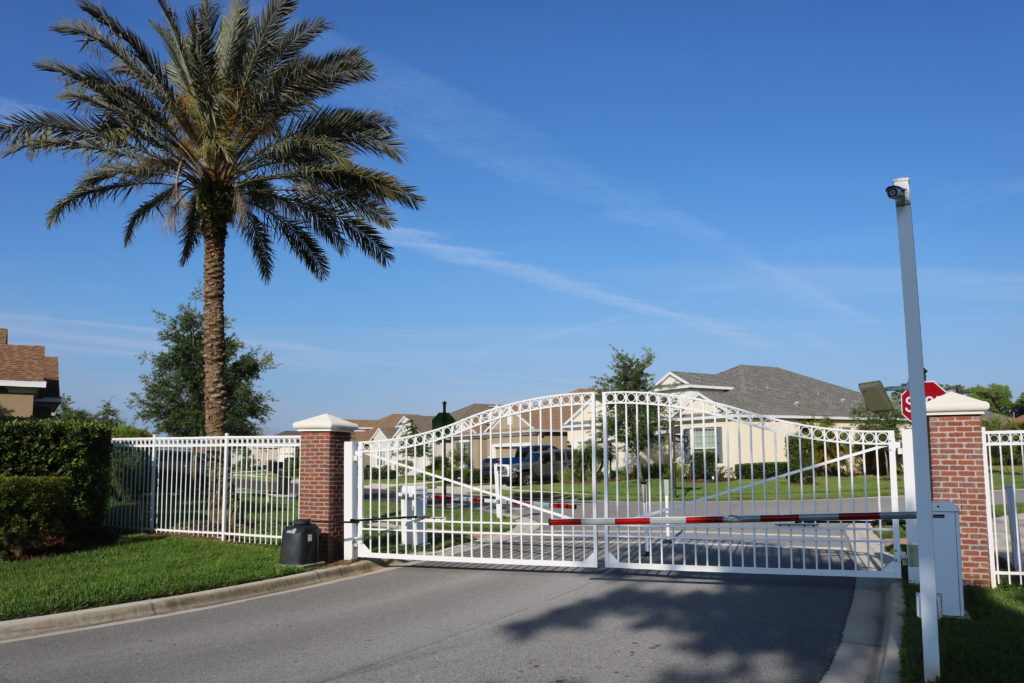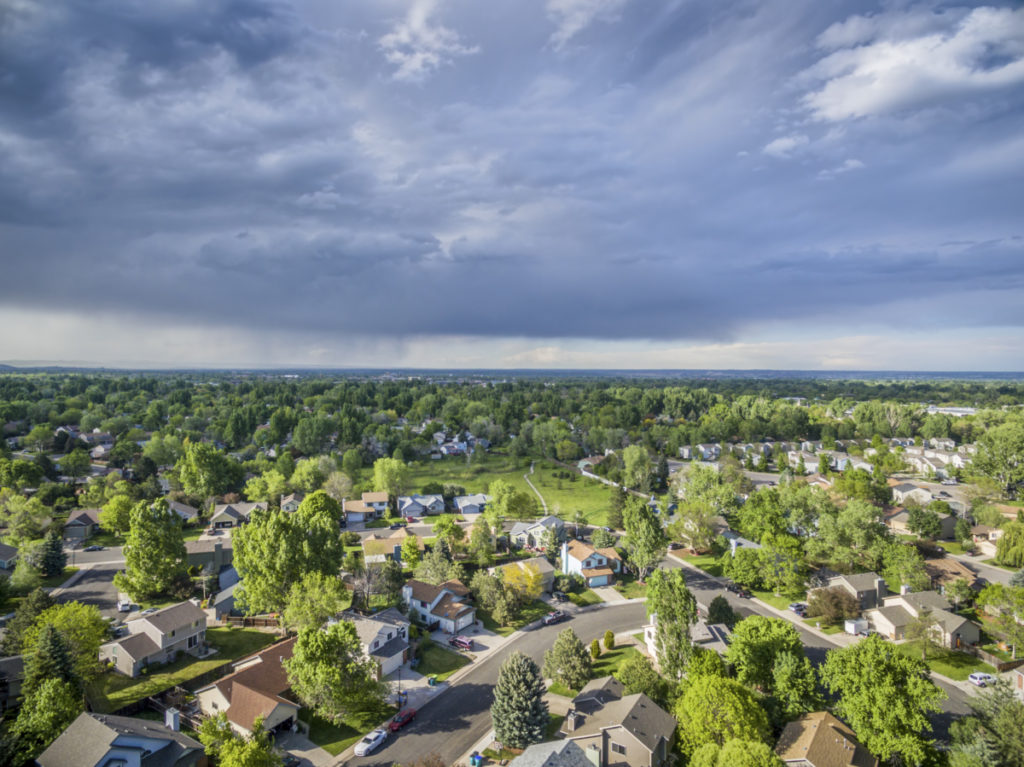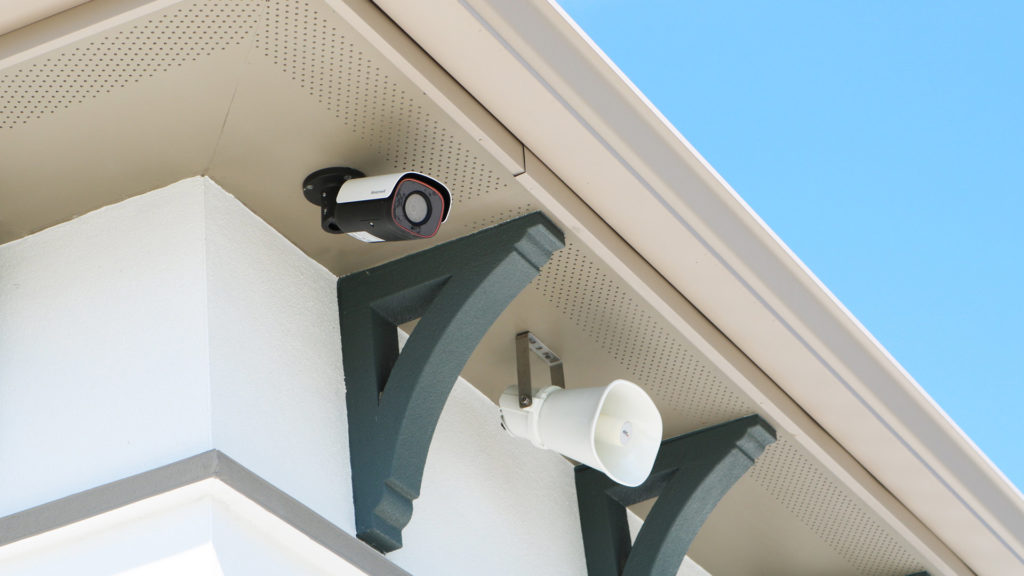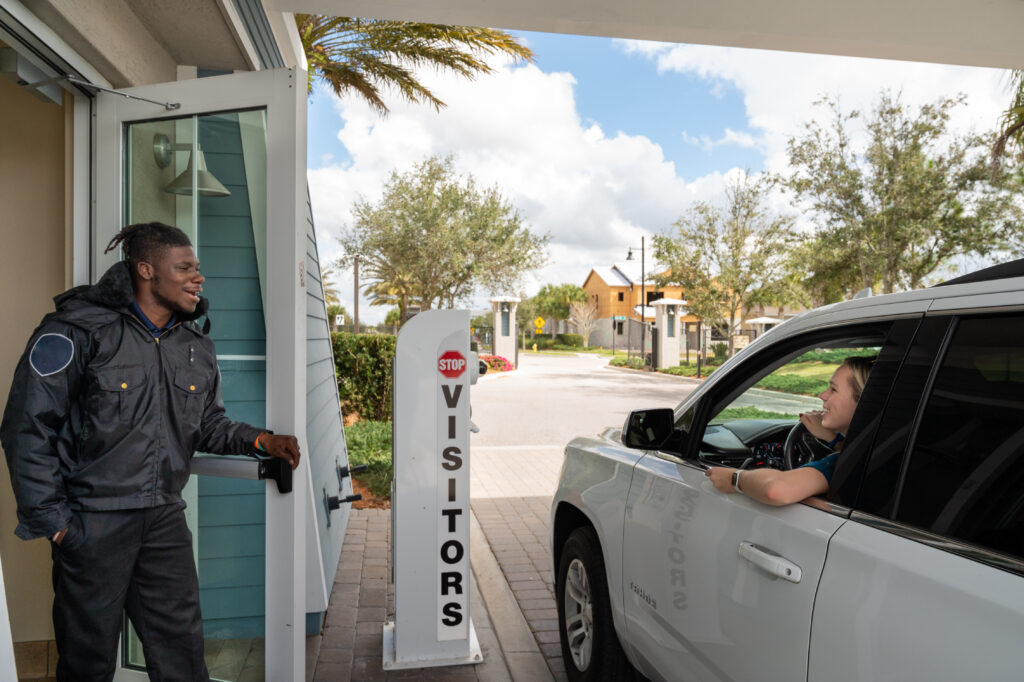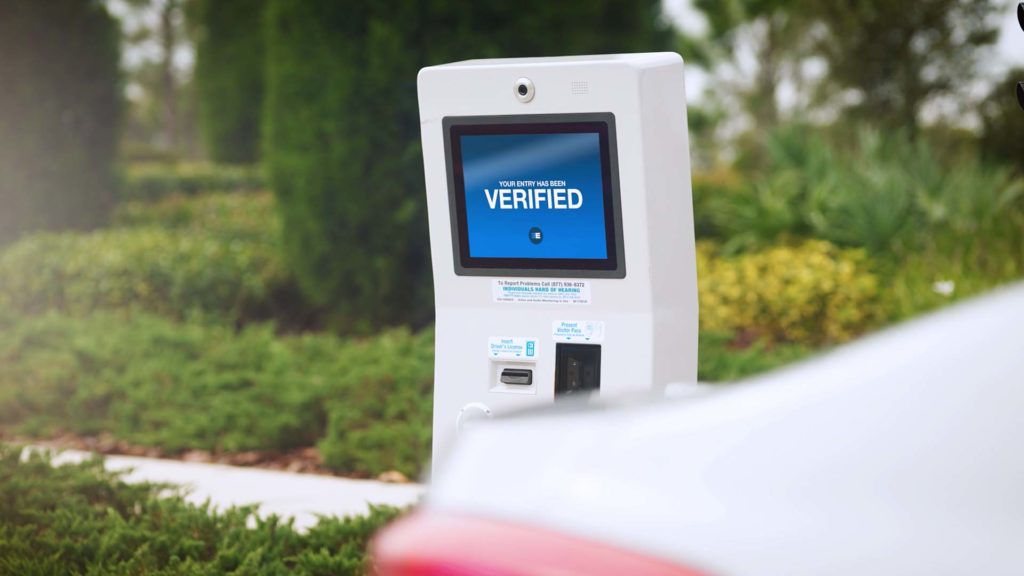For a complete security system, there is no contest between man and machine; it will take the best of both.
Crystal Clark with Envera Systems advises, “Having the right security sys- tem can prevent a problem, detect a problem, and respond to a problem—as well as provide evidence when an incident occurs.” These goals are best achieved with a combination of the power of technology and the judgment of humans.

The first stage of securing a property physically is access control. “The main points of exit and entry for a condominium are typically the lobby, the parking garage, and the fire exits,” according to Michael Hough with GNM Hough Inc. “This first line of defense can use a long-range reader to control car access, but there can be an unauthorized person in the car. Then you have a second line of defense with proximity access cards. Today, whenever you have a card reader, you should have a camera associated with it to verify identities.
“There is a discrepancy between access control and a complete security system,” Hough notes. “Builders may leave out door contacts and monitoring points, so if a door is left open, you’ll never know. We put in door sensors, so if a door is left open for a set amount of time, an alarm sounds. A person can check it, or we can integrate it with the camera system so you can visually verify if the door is open or closed. If it appears closed, you may have a faulty sensor.
“When video and access control are integrated, you can easily replay the last two minutes before the door is left open. Though someone doesn’t necessarily have to watch the video around the clock, since there is an alarm notification, you still need someone to respond,” says Hough. “If the system sends a text and no one is there, nothing happens, and there was no point to monitoring.
“In the communities we are working with, about 80 percent of the time a security guard or lobby attendant is available 24/7. The ones that don’t have manpower around the clock are usually resi- dential neighborhoods. No one is watching the cameras, and they are usually more of a cost-saving measure than preventive security. If someone breaks the barrier gate, the community wants to identify that person who is responsible to pay for damages,” Hough states.
“New perimeter defense systems can tie in thermal cameras, which will pick up an intruder, with another camera to zoom in and focus on the object. These systems are rather expensive, so they are mainly used by facilities needing extra security,” explains Hough.
Lasers are a sensitive perimeter alert option, but Hough cautions, “You need multiple stages—a series of lasers—because you don’t want vegetation movement or branches to trigger it. With multiple trips of the system, it validates that there is an intruder. The worst thing to do, in the long run, is to have excessive false alarms, because the police get slower to respond.
“One of the biggest problems with any security device or system is that everyone wants to set it and forget it, but it doesn’t work that way,” states Hough.
“One of the biggest problems with any security device or system is that everyone wants to set it and forget it, but it doesn’t work that way,” states Hough. “You have to test and maintain the whole system. Otherwise, when an incident occurs, you’ll find the camera wasn’t recording because there was an issue three months ago. Now the sys- tem is considered a waste of money, but the reality is that it wasn’t maintained and taken care of. After it is installed, you are responsible to check it routinely or have a maintenance contract. We recommend a weekly check, but at a bare minimum, test systems monthly and any time contractors have been working on the property, as they may have cut wires.”
Clark explains, “We have a service guarantee with most of our surveillance systems that requires our virtual guards check community cameras on a schedule to make sure they are functioning properly. We also have equipment to monitor for connectivity between our guards and the community so that we know immediate- ly if there are Internet issues. Without a vendor who provides these types of quality checks, you could miss capturing a critical event because no one realized the cameras were down. In many instances where the community is monitoring their own cameras, they don’t realize there is an issue with their system until they miss a serious event.”
Despite any other measures, guards are key to prevention and prompt response. Clark notes, “With an on-site guard or virtual guard, criminals are less likely to trespass and cause damage in an area that is monitored and recording evidence. If the community is gated, the guard can also confirm whether drivers trying to enter are actually allowed into the community. This can stop many criminals before damage occurs.”
“Guards can do routine walks of the perimeter and find things you wouldn’t know otherwise,” points out Hough. “Just because a door is shut may not mean it’s locked—after a power surge, the magnetic lock may have been disabled.”
Clark advises, “If a community does not have guards, a surveillance system is still important.”
For communities with limited funds, what is the most cost-effective security? The answer may partly depend on your goals, but Hough remarks, “Cameras are the best investment because they serve a dual purpose: crime deterrence and risk mitigation. More and more, a big factor in video surveillance is protection against liability. If someone trips and falls over the curb, they may say you didn’t pick up something. Maybe someone slips and falls because they were goofing off at the pool, but they claim the pool area was not properly maintained. It’s the same camera you use for security, but if it can assist in a lawsuit, that helps justify the expense.”
Clark advises, “If a community does not have guards, a surveillance system is still important. For instance, if a community is not gated, there are surveillance options that can capture the license plates of vehicles entering and exiting the community. That way, if a problem occurs, the community has the means to try and figure out who did it. For an amenity, an active video surveillance system should be considered with an alarm for remote monitoring.”
In selecting a camera system, though, Hough relates, “Most of the time, communities expect what they’ve seen on television, where an agency pulls up everything and can view down to the fab- ric on a coat. Those things can be done, but there’s quite a price. An economical system won’t come anywhere close to that. An expert can help you determine what it will take to get the end result you want—whether it’s just to know someone is there or whether you want to be able to identify the individual. The type of camera and pixels required will vary with the field of view and distance to the camera,” explains Hough. “There is literally an endless combination of cameras for every scenario if you don’t know exactly what you want to do. You can get prices from $8,000 to $80,000 for a ten-camera system if the consultant is presuming what you want to do without guidance, but you need to compare apples to apples to make a good decision.”
“Community involvement is extremely important in securing any property,” states Clark. “While technology can assist, the people living in a community are able to notice things that may seem out of place and report them to community leaders.”
Access control, with card readers and proximity cards, are the next step, says Hough, “and if you can do more, integrate biometrics. With a card, you can still be letting in the wrong person. By using facial recognition with a camera, or fingerprints instead of a card, you can eliminate that possibility. Higher-end condominiums have started using biometrics and also have a 24-hour security guard to escort any guests. At first there were issues with fingerprint systems—construction workers, hairdressers who worked with chemicals, and some older people had fingerprints that were not as defined—but today’s technology is more accurate.
“The best use of people is monitoring the system and responding to what it’s telling you,” suggests Hough. “Know what it’s telling you. If there’s no one there, there’s no point in a notification.”
And, an essential component that cannot be replicated by any technology is the residents. “Community involvement is extremely important in securing any property,” states Clark. “While technology can assist, the people living in a community are able to notice things that may seem out of place and report them to community leaders.”
Security systems and procedures lay a foundation for protecting a property, but there is no substitute for human awareness and response to unexpected events and the innovation of those who would cause trouble.
You can read the complete issue and original article here: FLCAJ – June
